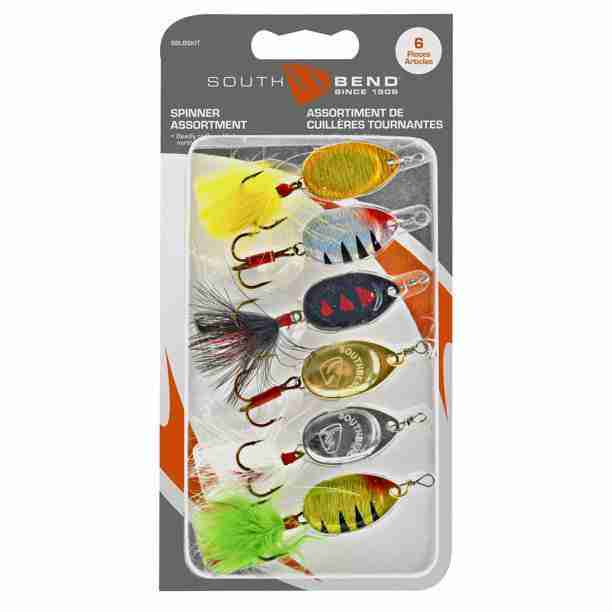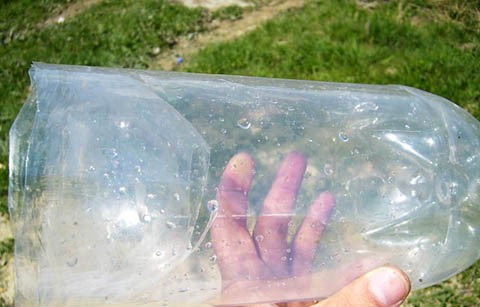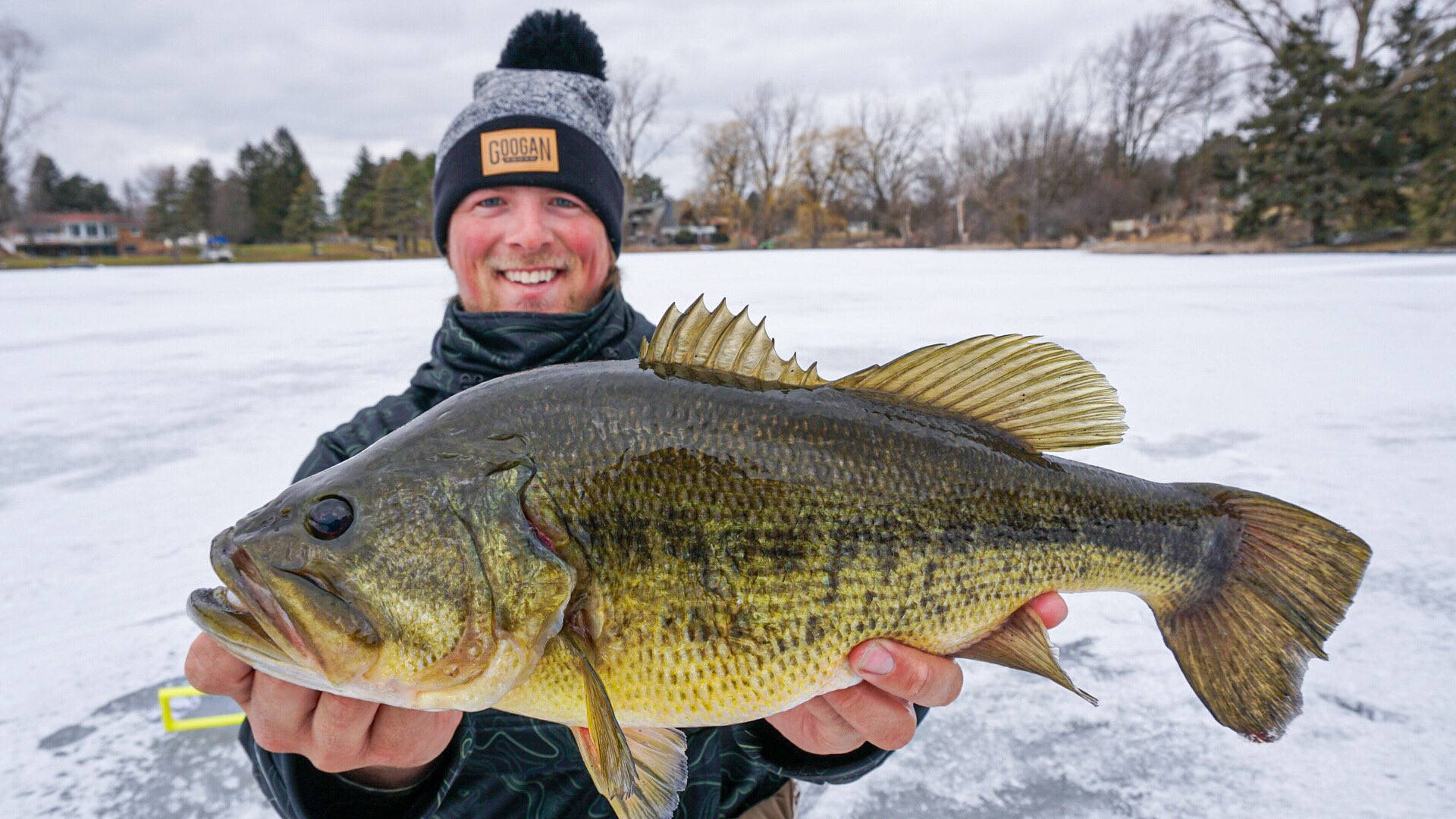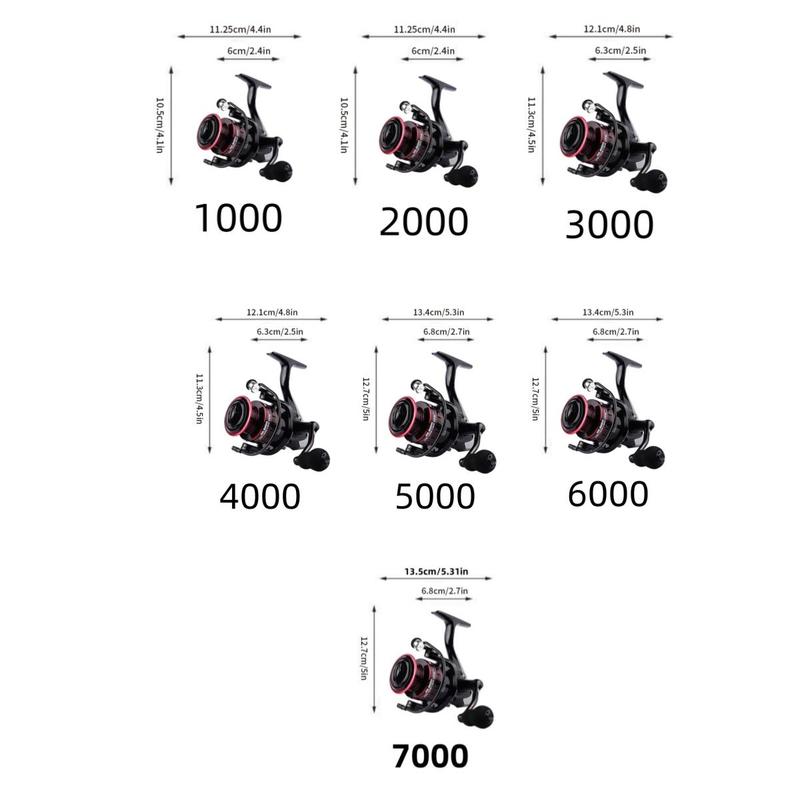
How to Choose the Right Gear Ratio for Reels

4 min read
You know what? I’ve been fishing for over two decades, and I still remember the first time someone explained gear ratios to me. Honestly, it felt like trying to learn calculus while standing waist-deep in a cold river. But here’s the thing – once you get it, everything clicks into place like a perfectly tuned reel.
What’s All This Gear Ratio Business About?
Let me break this down without all the technical mumbo-jumbo. Gear ratio is simply how many times your spool turns for every complete turn of the handle. If you see “6.2:1” on your reel, that means the spool spins 6.2 times every time you crank the handle once. Pretty straightforward, right?
But don’t let that simplicity fool you. Choosing the wrong gear ratio is like showing up to a bass tournament with a fly rod – you’re not setting yourself up for success.
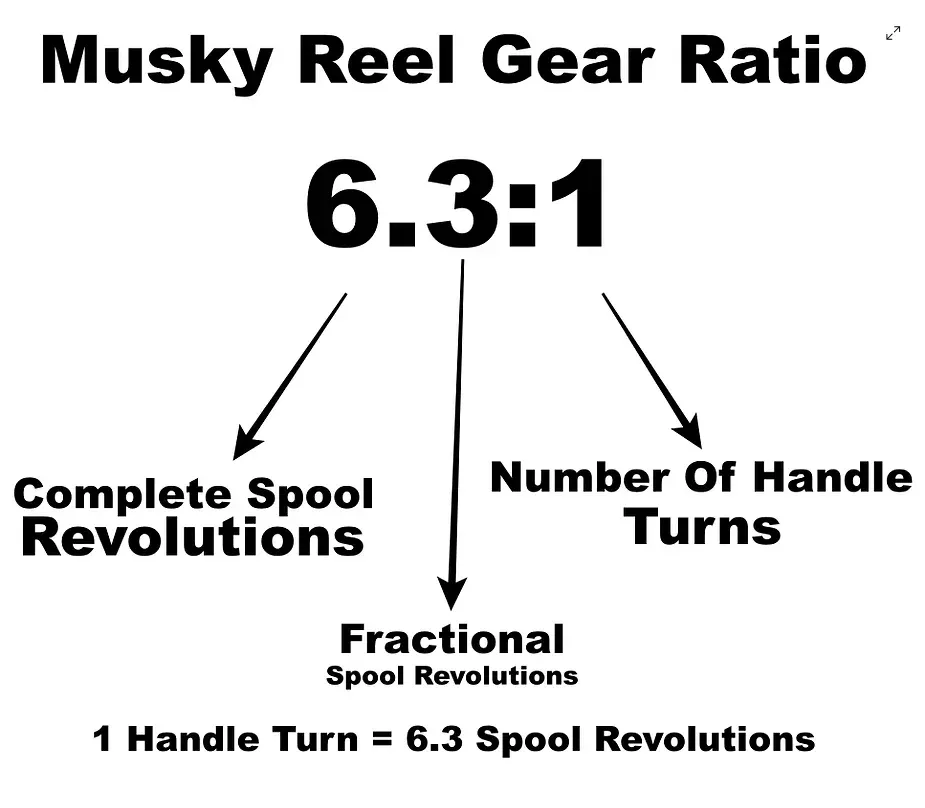
The Speed vs. Power Showdown
Here’s where things get interesting. High gear ratios (think 7:1 and above) are your speed demons. They retrieve line fast – perfect for those heart-pounding moments when a fish is charging straight at you, or when you’re working topwater lures that need quick, erratic action.
I learned this lesson the hard way last spring while chasing stripers. Using a slow reel with a walking bait was like trying to dance the tango in hiking boots. The lure just wouldn’t come alive.
On the flip side, low gear ratios (around 4:1 to 5:1) are your powerhouses. They sacrifice speed for torque, giving you the muscle to haul in those stubborn bottom-dwellers or work heavy jigs through thick cover. It’s like having a truck instead of a sports car – not always flashy, but boy does it get the job done when you need it.
Matching Your Technique to Your Ratio
Different fishing styles demand different approaches, and honestly, this is where most anglers trip up. Let me walk you through the sweet spots:
For Power Fishing (6:1 to 7:1): When you’re throwing spinnerbaits, buzzbaits, or any lure that needs to move with authority, these ratios are golden. You can cover water fast and keep your bait in the strike zone longer.
For Finesse Work (4:1 to 5:1): Drop-shotting, deep cranking, or working heavy jigs calls for these slower ratios. You get better feel, more control, and the power to winch fish out of heavy cover without breaking a sweat.
The Middle Ground (5:1 to 6:1): These are your Swiss Army knife ratios. Not the fastest, not the strongest, but versatile enough to handle most situations without making you feel like you’re fighting the equipment.
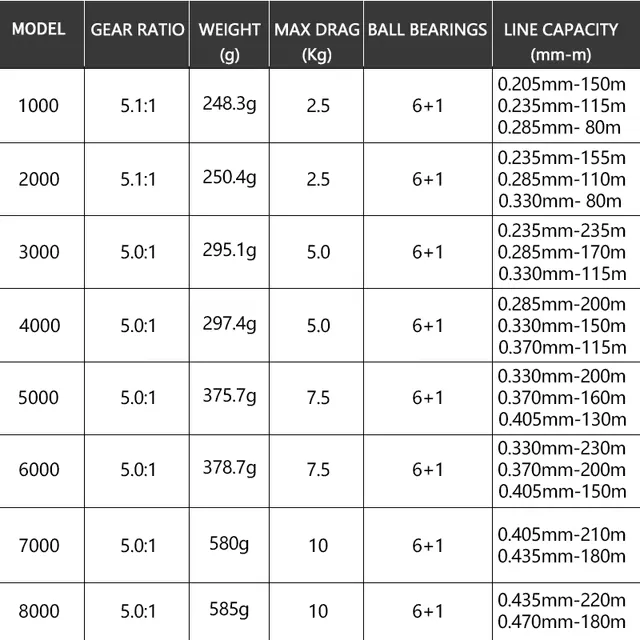
Species-Specific Considerations
Now, let’s talk about what you’re actually trying to catch, because that fish doesn’t care about your gear preferences.
Bass fishing? You’ll want options. I keep a high-speed reel for reaction baits and a medium-speed setup for everything else. Walleye anglers often prefer slower ratios for better lure control in current. Saltwater guys chasing pelagics? Speed is king – you need to get that bait back to the boat before something else eats it.
Here’s something most people don’t consider: the size of your spool matters just as much as the gear ratio. A high-speed reel with a tiny spool might not retrieve as much line per crank as a slower reel with a larger spool. It’s like comparing apples to oranges, and the math gets weird fast.
The Real-World Test
Theory is great, but let’s get practical. Next time you’re at the tackle shop, actually pick up different reels and feel the difference. A 4:1 ratio feels deliberate and controlled – every turn has weight behind it. A 7:1 feels almost effortless, like the handle wants to keep spinning.
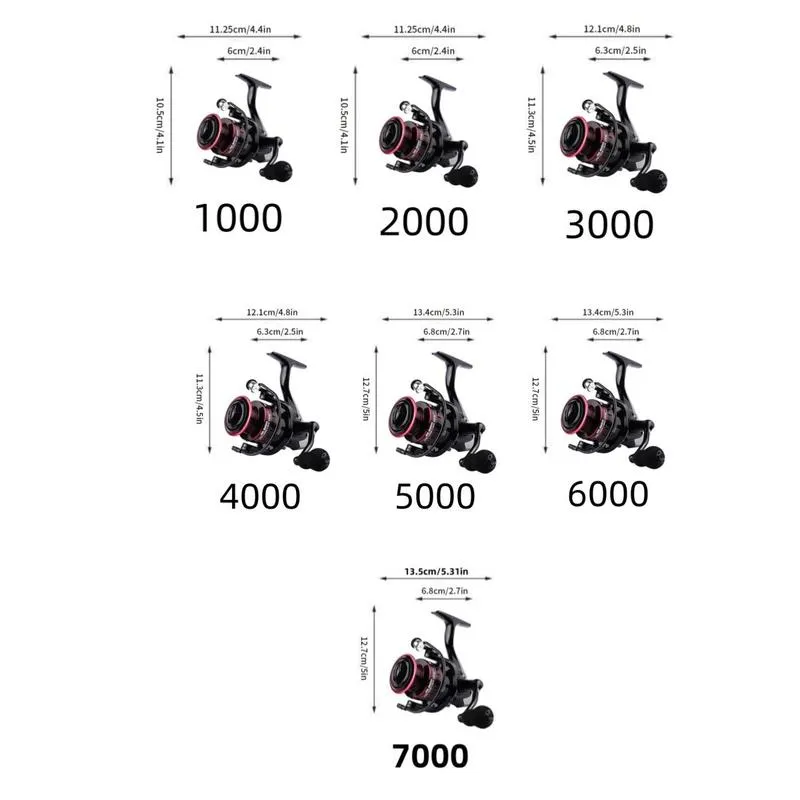
I’ve seen anglers get so caught up in the numbers that they forget the most important factor: what feels right in your hands. Some guys can work a 4:1 reel all day without fatigue, while others need that higher ratio to maintain their rhythm.
Making the Call
At the end of the day (and yes, I know that’s a cliché, but it fits), choosing gear ratios isn’t rocket science. Match your technique to your equipment, consider what you’re fishing for, and don’t overthink it.
Start with one versatile ratio around 6:1, learn it inside and out, then branch out based on your specific needs. You’ll discover your preferences naturally – maybe you’re a speed demon who loves burning baits, or perhaps you prefer the methodical approach of slow and steady.
Remember, the best gear ratio is the one that lets you fish confidently and enjoyably. Everything else is just details.
